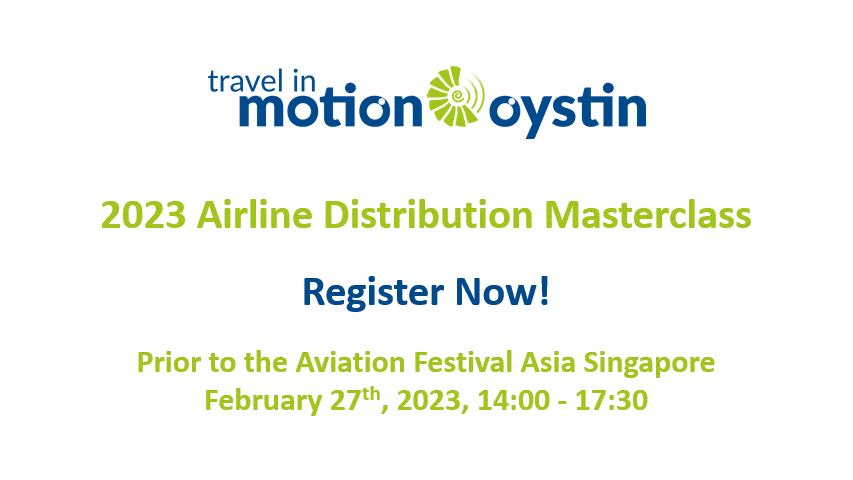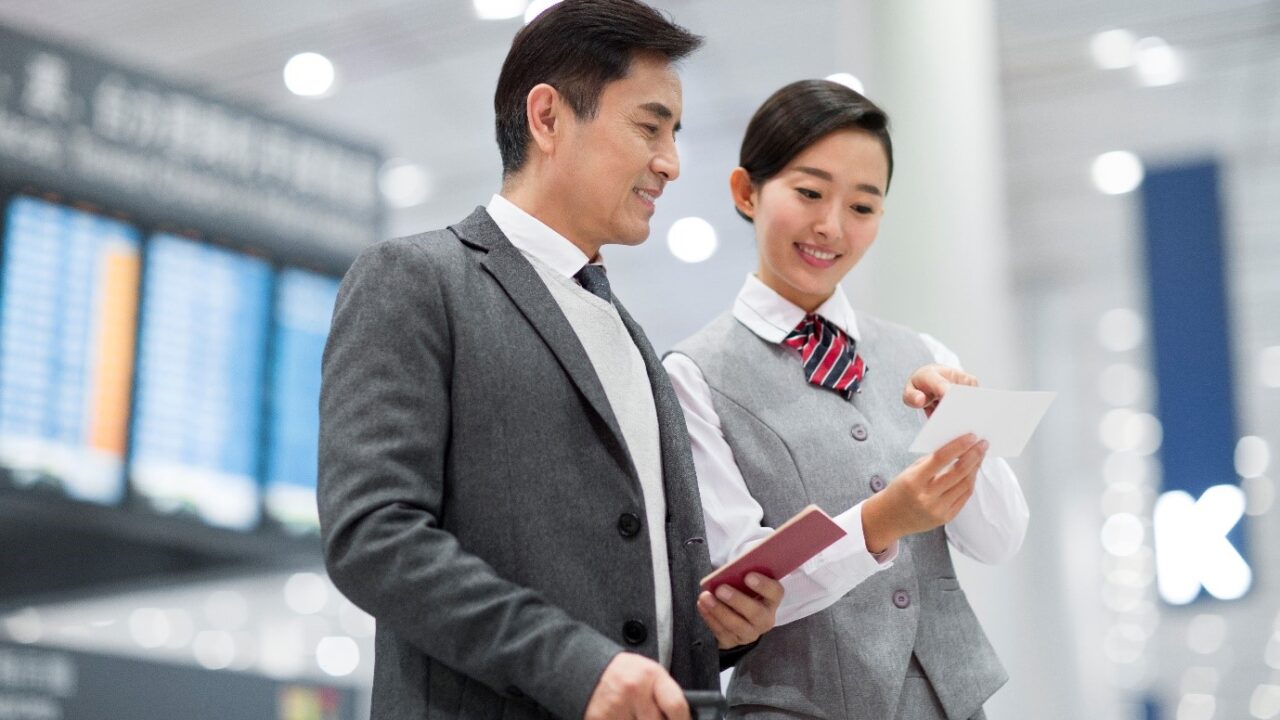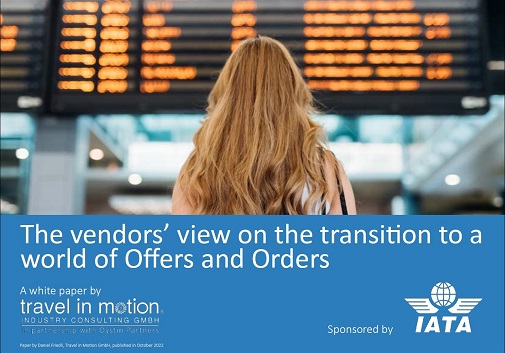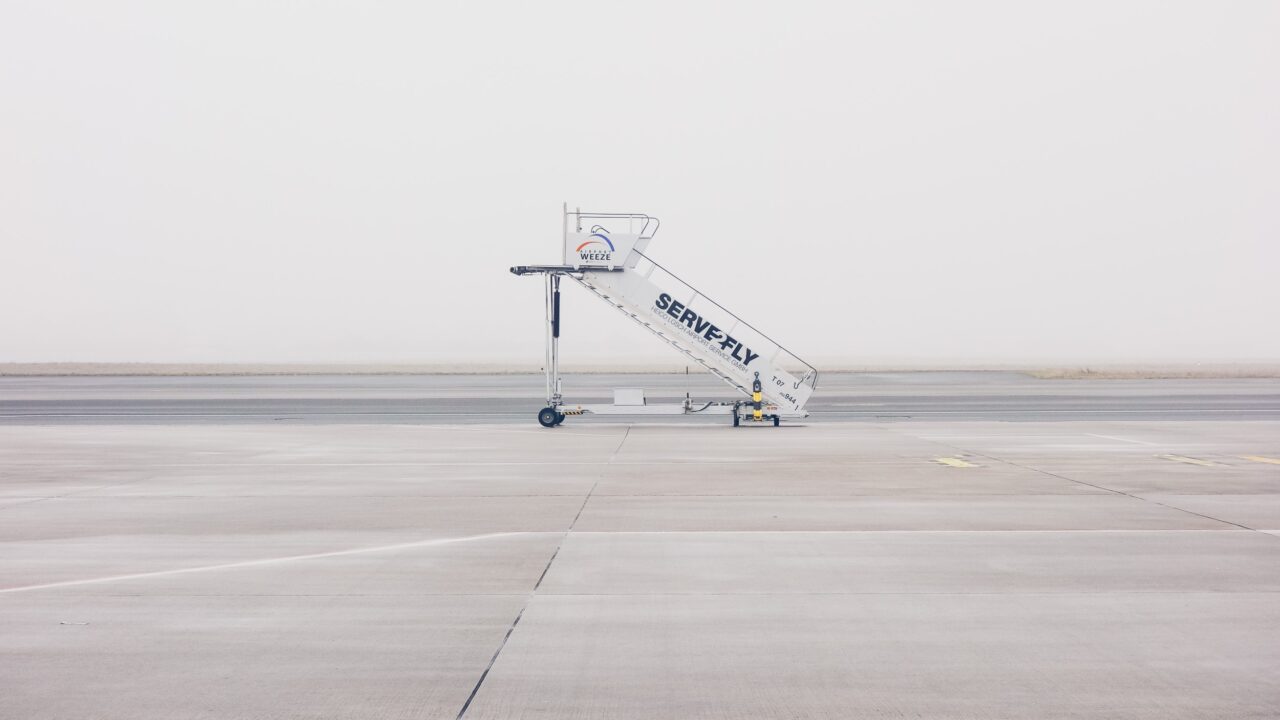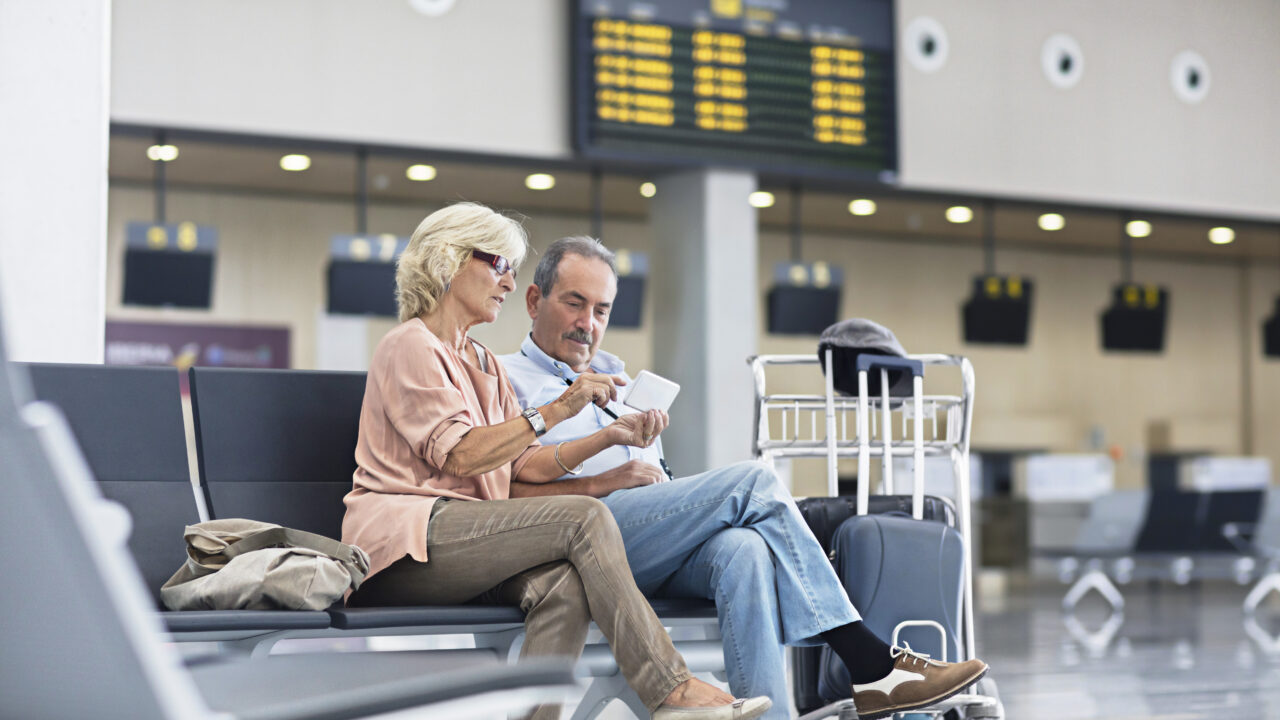Airline Distribution Masterclass in Singapore
Airline distribution is evolving faster than ever. Fuelled by advances in technology, communication standards such as NDC, and more recently by the disruption of established GDS commercial models, traditional channels are being complemented and challenged by new ways of distribution. This has triggered a fundamental change in the airline’s commercial business processes and a shift of the power play of offer creation and customer ownership to the airline.
Together with Oystin we have been actively supporting airlines to master and make full use of these opportunities. Through multiple airline engagements, as well as actively driving the change through our engagements with IATA’s distribution and innovation teams, we provide not only insights into best practices, but also thought leadership.
We look forward to sharing our learnings, views and actionable insights. Thus, we invite you to our Airline Distribution Masterclass. During this half-day event we will discuss the following topics:
- Pushing the limits of your existing GDS agreements
- Overcoming the GDS vs. NDC dichotomy: Evolving GDS commercial models
- Increasing NDC adoption – overcoming the hurdles to get to critical mass
- NDC implementation and operational challenges – what to look for
The Airline Distribution Masterclass will take place in
- Singapore on
- February 27th, 2023,
- from 14:00 till 17:30,
just prior to the Aviation Festival Asia. After the hard work, we invite you to join us for a drinks reception for a further informal exchange.
Please register for this event – space is limited to 40 participants and for airlines only, therefore we will immediately work on your confirmation.

